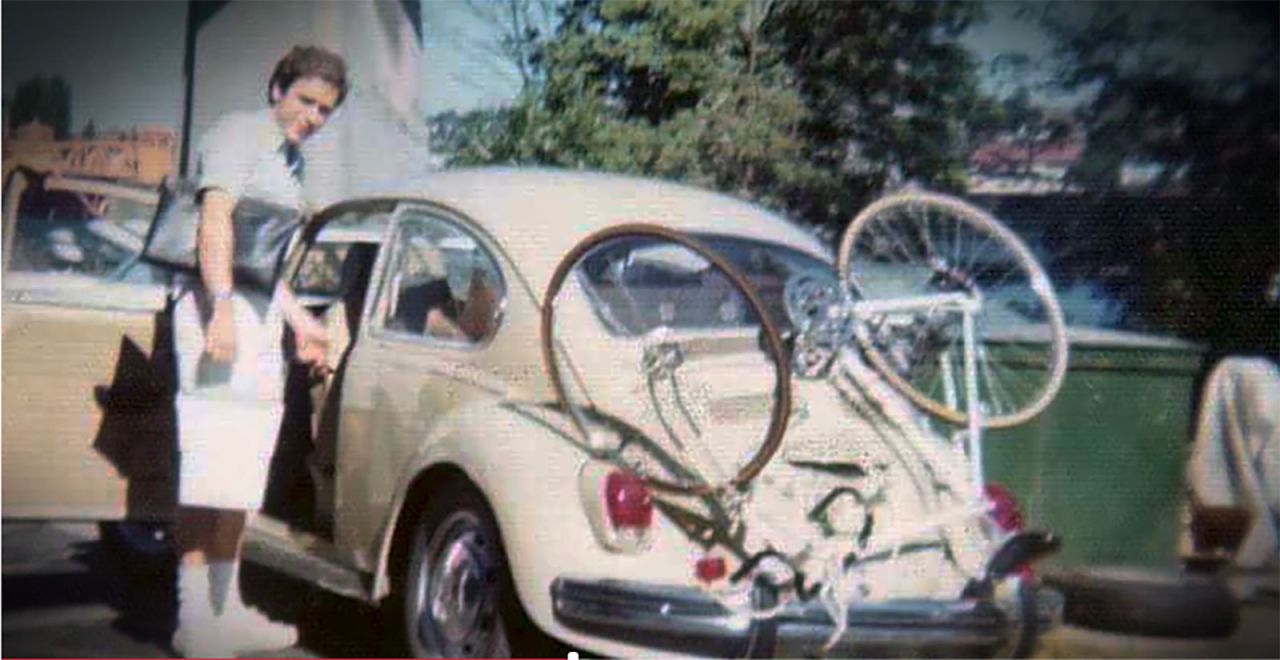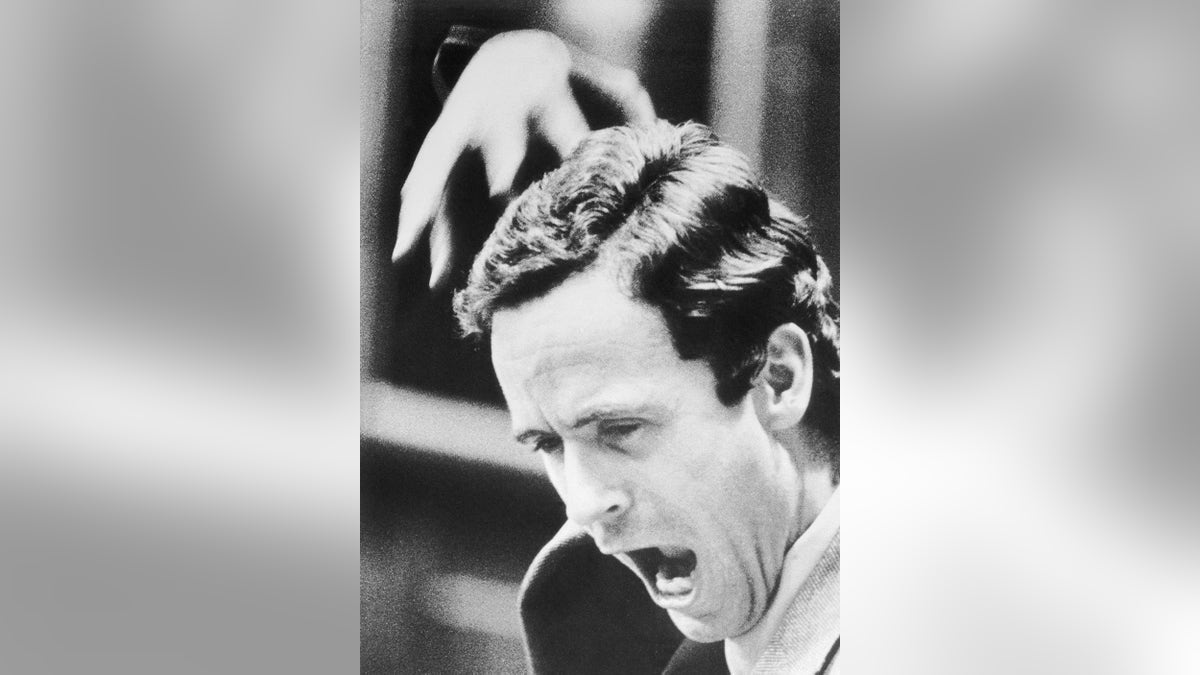When we talk about notorious serial killers, Ted Bundy’s name often surfaces in the darkest corners of true crime history. His chilling story has fascinated and terrified people worldwide, leaving an indelible mark on our collective consciousness. But how many people did Ted Bundy kill? The answer is both disturbing and complex, as Bundy’s crimes remain shrouded in mystery even decades after his capture. In this article, we’ll dive deep into the facts, uncover the truth, and explore the chilling legacy of one of America’s most infamous murderers.
Ted Bundy wasn’t just a killer—he was a master manipulator, a smooth-talking charmer who used his good looks and charm to lure victims into his deadly trap. His ability to blend in with society made him even more dangerous, and his crimes left a lasting impact on the victims' families and communities. Understanding how many people Ted Bundy killed is just the tip of the iceberg when it comes to comprehending the full extent of his atrocities.
As we delve deeper into Bundy’s life and crimes, we’ll explore the psychological profile of a man who could kill with such cold precision, yet maintain a facade of normalcy. This article isn’t just about numbers; it’s about understanding the impact of his actions and the lessons we can learn from his disturbing legacy.
Read also:Iconic Burger King Video From 1993 Shows The Epic Reaction Of People To Its New Payment Method
Table of Contents
- Ted Bundy: A Brief Biography
- How Many People Did Ted Bundy Kill?
- Ted Bundy's Murder Methods
- The Arrest and Trials
- Inside the Mind of Ted Bundy
- Ted Bundy's Lasting Legacy
- The Impact on Victims' Families
- Ted Bundy in Popular Media
- Preventing Future Ted Bundys
- Conclusion: Lessons from Ted Bundy's Story
Ted Bundy: A Brief Biography
Ted Bundy’s Early Life
Before we get into the gruesome details of his crimes, let’s take a step back and look at the man behind the monster. Ted Bundy was born Theodore Robert Cowell on November 24, 1946, in Burlington, Vermont. Raised by his mother and grandparents, Bundy grew up in a relatively stable but secretive household. His early life was marked by a lack of clarity about his biological father, which some psychologists believe may have contributed to his later instability.
As a child, Bundy was described as intelligent but socially awkward. He struggled to fit in, often feeling like an outsider. This sense of alienation may have fueled his later desire for control and dominance over others. Despite these challenges, Bundy excelled academically and eventually enrolled in the University of Washington, where he studied psychology—a field that would later inform his twisted understanding of human behavior.
Ted Bundy’s Rise to Infamy
Bundy’s transformation from a seemingly ordinary man to a cold-blooded killer is one of the most perplexing aspects of his story. By the early 1970s, Bundy had begun his killing spree, targeting young women across multiple states. His charm and good looks allowed him to blend into society, making it easier for him to prey on unsuspecting victims. What’s even more disturbing is how Bundy used his knowledge of psychology to manipulate both his victims and the legal system.
Let’s take a quick look at Bundy’s personal details in the table below:
| Full Name | Theodore Robert Bundy |
|---|---|
| Date of Birth | November 24, 1946 |
| Place of Birth | Burlington, Vermont |
| Occupation | Law Student, Volunteer at Crisis Hotline |
| Executed On | January 24, 1989 |
How Many People Did Ted Bundy Kill?
One of the most frequently asked questions about Ted Bundy is, “How many people did Ted Bundy kill?” The official number of confirmed victims stands at 30, but many experts believe the actual number could be much higher. Bundy himself admitted to killing more than 30 women, but some investigators speculate that the total could exceed 100.
Why the discrepancy? Bundy was a meticulous planner who often dumped his victims’ bodies in remote locations, making it difficult for authorities to identify them. Additionally, some of his crimes occurred in states where forensic technology was less advanced, leading to incomplete records. The true extent of his killing spree may never be fully known.
Read also:How To Legally And Ethically Manage Text Message Marketing Campaigns
Confirmed Victims
Among the confirmed victims are names like Lynda Healy, Susan Rancourt, and Georgann Hawkins, all of whom vanished under mysterious circumstances in the early 1970s. Bundy’s preferred targets were young, attractive women with long hair parted in the middle—a trait that became a hallmark of his modus operandi.
Here’s a list of some of his confirmed victims:
- Lynda Healy
- Karen Sparks
- Robert Dennee
- Susan Rancourt
- Georgann Hawkins
Ted Bundy's Murder Methods
Bundy’s methods were as calculated as they were horrifying. He often used a fake cast or crutches to gain the sympathy of his victims, luring them into his car under the pretense of needing help. Once inside, he would overpower them, often using a crowbar to render them unconscious before strangling or bludgeoning them to death.
What made Bundy particularly terrifying was his ability to compartmentalize his life. By day, he was a law student and a volunteer at a crisis hotline; by night, he was a remorseless killer. This duality made it easier for him to evade capture for years, as no one suspected the charming, articulate man they knew.
Forensic Evidence
Forensic evidence played a crucial role in Bundy’s eventual capture. Bite marks found on the body of one of his victims, Lisa Levy, were matched to Bundy’s teeth, providing a key piece of evidence in the investigation. This breakthrough helped seal his fate and led to his conviction.
The Arrest and Trials
Ted Bundy’s arrest didn’t happen overnight. It took years of relentless investigation by law enforcement agencies across multiple states to piece together the puzzle of his crimes. Bundy was initially arrested in 1975 for the kidnapping of Carol DaRonch, but it wasn’t until 1978 that he was finally linked to multiple murders.
During his trials, Bundy represented himself, showcasing his intelligence and legal knowledge. Despite his attempts to manipulate the system, the evidence against him was overwhelming. In 1979, he was convicted of two murders and sentenced to death. Over the next decade, Bundy fought tirelessly to appeal his convictions, but his appeals were ultimately unsuccessful.
Execution
Ted Bundy was executed by electric chair on January 24, 1989, at Florida State Prison. In his final interview, Bundy expressed remorse for his actions, claiming he wanted to warn others about the dangers of pornography. However, many remain skeptical of his sincerity, given his history of manipulation.
Inside the Mind of Ted Bundy
Understanding Ted Bundy’s psychology is key to comprehending his actions. Many experts believe Bundy suffered from a combination of personality disorders, including narcissism and antisocial tendencies. His charm and charisma were tools he used to manipulate others, while his lack of empathy allowed him to commit such heinous crimes without remorse.
Some psychologists argue that Bundy’s fascination with violence may have stemmed from early exposure to pornography, while others point to his unstable childhood as a contributing factor. Regardless of the cause, Bundy’s ability to compartmentalize his life and maintain a facade of normalcy is what made him so dangerous.
Theories About Bundy’s Motives
- Some believe Bundy was driven by a desire for control and dominance.
- Others suggest his crimes were motivated by a twisted sense of love and obsession.
- Still, others argue that Bundy’s actions were the result of a deep-seated hatred of women.
Ted Bundy's Lasting Legacy
Ted Bundy’s legacy continues to loom large in the annals of true crime history. His story has inspired countless books, documentaries, and films, sparking a morbid fascination with his life and crimes. But Bundy’s legacy extends beyond entertainment; it serves as a cautionary tale about the dangers of trusting appearances and the importance of understanding mental health.
By studying Bundy’s methods and motivations, law enforcement agencies have gained valuable insights into the minds of serial killers, helping to prevent future tragedies. However, the trauma inflicted on the families of his victims remains a lasting reminder of the human cost of his crimes.
Lessons Learned
- Increased awareness of serial killers and their methods.
- Improved forensic techniques and investigative strategies.
- Greater emphasis on mental health and early intervention.
The Impact on Victims' Families
While Bundy’s story has captivated audiences worldwide, it’s important to remember the real people behind the headlines. The families of his victims have had to live with the pain and uncertainty of their loved ones’ disappearances for decades. Some have found closure through Bundy’s convictions, while others continue to search for answers.
Support groups and advocacy organizations have emerged to help these families cope with their grief and raise awareness about missing persons and violent crime. Their stories remind us that behind every statistic is a human being whose life was tragically cut short.
Ted Bundy in Popular Media
Ted Bundy’s story has been adapted into numerous films and documentaries, including the critically acclaimed “Extremely Wicked, Shockingly Evil and Vile” starring Zac Efron. These adaptations often focus on Bundy’s charm and charisma, raising ethical questions about the glorification of a mass murderer.
While some argue that these portrayals trivialize the suffering of Bundy’s victims, others believe they serve an educational purpose by shedding light on the realities of serial killers and the importance of vigilance.
Controversy Surrounding Media Depictions
- Concerns about romanticizing Bundy’s image.
- Debates over the ethical implications of profiting from true crime stories.
- Efforts to shift the focus from the killer to the victims.
Preventing Future Ted Bundys
The question on everyone’s mind is, “How can we prevent future Ted Bundys?” While there’s no simple answer, experts agree that early intervention and education are key. Programs aimed at addressing mental health issues, promoting healthy relationships, and teaching critical thinking skills can help identify and redirect individuals who may be at risk of committing violent crimes.
Advances in forensic science and technology have also improved law enforcement’s ability to solve cold cases and track down serial killers before they claim more victims. However, the fight against violent crime requires a collective effort from all members of society.
Conclusion: Lessons from Ted Bundy's Story
So, how many people did Ted Bundy kill? The exact number may never be known, but what we do know is that his crimes left an indelible mark on history. Bundy’s story serves as a chilling reminder of the darkness that can lurk beneath the surface of even the most seemingly ordinary individuals.
As we reflect on Bundy’s legacy, let’s remember the importance of empathy, vigilance, and understanding. By learning from the past, we can work toward a future where such tragedies are less likely to occur. If you’ve enjoyed this article, feel free to share it with others or leave a comment below. Together, we can keep the conversation going and honor the memory of Bundy’s victims.
Stay safe out there, and never underestimate the power of knowledge.


